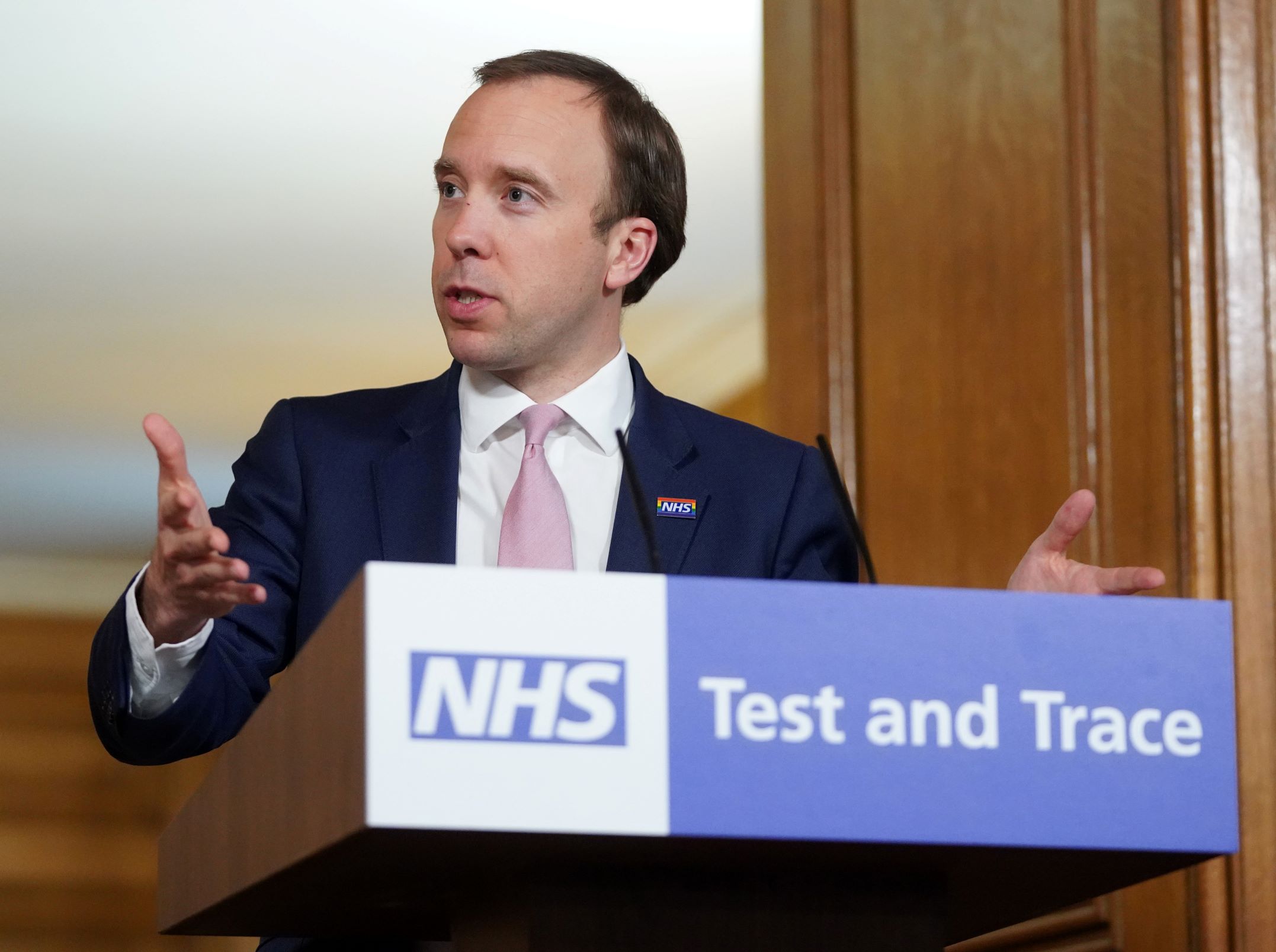What does Nicola Sturgeon’s surprise resignation as first minister mean for Scotland’s place in the UK and Europe? Anthony Salamone writes that while it remains unclear who will replace Sturgeon, there can be little doubt Scottish politics is set to enter a new era.
Nicola Sturgeon’s announcement that she will resign as first minister of Scotland and leader of the Scottish National Party marks a defining moment for Scotland. As reflections on her tenure begin, it is worth appreciating the profound extent to which, during her leadership, Sturgeon became the signature personality of both Scottish independence and Scottish politics.
In the wake of the 2014 Scottish independence referendum, Sturgeon took office as first minister. She has since served in the role for over eight years. Under her, the SNP won successive local, Scottish, UK and even European elections in Scotland (when the UK was still part of the EU). As SNP leader, Sturgeon has been the de facto head of the Scottish independence movement. Moreover, she holds an international profile unachieved by any previous Scottish first minister.
Nevertheless, Sturgeon will leave office without the kind of readily-identifiable legacy which most democratic leaders seek to create for themselves. It is difficult to name the top three or four signature policy accomplishments for which either Sturgeon will be known or wants to be known. In the space between her resignation announcement and actual resignation, she may well seek to shape her own legacy – and framing matters to her advantage, often regardless of the situation or context at hand, has been a core feature of her political leadership and approach to governing.
At this stage, the most prominent elements of Sturgeon’s legacy are likely independence, Brexit and the Covid-19 pandemic. None of these relate to policy victories in the traditional sense, with landmark legislation and nameable results. All involve navigating challenges stemming from outside factors and requiring some measure of reactive response, perhaps reflecting the fact that, as a leader, Sturgeon was always more a manager than a visionary. Indeed, her legacy may ultimately be as vague as her time in office – defined above all by an unrealised desire for independence.
External observers should bear in mind how comprehensively the independence debate has come to shape Scottish politics during the Sturgeon years, including on matters with little practical connection to the constitution. In fact, the start of Sturgeon’s tenure as first minister coincided with a highly consequential electoral shift, in which much of the sizeable minority of the Scottish electorate that voted for independence in the 2014 referendum coalesced to support the SNP in subsequent elections at all levels in Scotland. That solid post-referendum, pro-independence base has been a powerful electoral bulwark for the SNP. It is unclear how long that bulwark may hold.
Sturgeon’s political strategy
In terms of political strategy, three features of Nicola Sturgeon’s tenure as first minister and SNP leader stand out. First, Sturgeon deployed the fact, manner and consequences of Brexit to reanimate and redefine the Scottish independence debate. Before the UK’s 2016 EU referendum, Sturgeon lacked a sufficiently plausible basis to seek another independence referendum so soon after the 2014 vote. While the SNP leadership (and the leaderships of every other mainstream political party in Scotland) opposed leaving the EU in the 2016 referendum, it used Brexit as a catalyst to revive the prospect of a new independence referendum in the near term.
Sturgeon called Brexit a “material change of circumstances” for Scotland which warranted a new independence vote. In the end, she did not succeed, by any avenue, in holding such a referendum. Nevertheless, her approach of accentuating the SNP’s pro-EU credentials, marginalising anti-EU views within the party, and embracing proposed Scottish EU membership fostered the fusion of the Brexit and independence debates in Scotland. Indeed, popular support for the EU and for independence in Scotland are now significantly aligned – surely as Sturgeon had hoped.
Second, Sturgeon pursued a consequential shift in the common governing mantra of the SNP to reflect her political priorities and approach to government. The SNP’s success in replacing Scottish Labour as the principal force in Scottish politics is often ascribed, in part, to the SNP’s efforts in building a reputation as a party of competent government. While Sturgeon did not specifically discard those efforts, she arguably took the SNP in a different direction, seeking to make it a party of progressive government. Particularly in the latter years of her tenure, being progressive and being seen as progressive was an unmistakable thread in Sturgeon’s outlook.
Third, Sturgeon intensified the SNP’s practice of continually contrasting Scotland with the wider UK to construct narratives to maintain and increase popular support for Scottish independence. As Sturgeon commenced her renewed campaign for Scottish independence after the heights of the pandemic, one narrative in particular took shape which brought together the other strategic elements on Brexit and progressivism – and which served as the foundation for the Scottish government’s Building a New Scotland series of publications on independence.
Under Sturgeon’s combined narrative, Scotland is pro-EU, progressive and successful, while the UK (or England) is pro-Brexit, regressive and failing. While some may find such comparisons superficial, they surely would have been the basis for Sturgeon’s arguments in the independence referendum which she sought but did not secure. It will be notable whether Sturgeon’s successor persists with her approach of using simplistic comparisons between Scotland and the UK at the expense of offering detailed answers on the major questions in the independence debate.
Choices for the next SNP leader
Beyond addressing a host of domestic political and policy challenges, the new SNP leader and first minister of Scotland will need to calibrate their approach to relations with the UK government. Bilateral relations deteriorated during the Brexit years, and the resulting state of affairs hinders good public policy. However, both the SNP and the Conservatives can find political advantages, in different respects, of maintaining the antagonism. At the same time, the only route to an effective independence referendum for the SNP, however distant the prospect, would rest on cooperation.
The new first minister will also have to decide how the Scottish government approaches its sub-state relations with the EU and the wider world. At this point, the government lacks a suitable strategy for Scotland’s European and international relationships in the post-Brexit context and within its current constitutional arrangements. Given that Nicola Sturgeon had five Europe ministers in eight years, greater ministerial continuity in this portfolio might be beneficial.
Most significantly, from the SNP’s perspective, the new leader must chart a course on independence. Nicola Sturgeon gambled by seeking a UK Supreme Court ruling on holding a unilateral independence referendum and, in short, lost. Her ostensible alternative, a so-called ‘de facto referendum’ (unilaterally treating a UK or Scottish parliament election as a plebiscite), never had a realistic prospect of establishing a viable pathway to independence. If the SNP still aims to achieve effective independence for Scotland, it will require a new plan – and a new timetable.
As Nicola Sturgeon prepares to leave office as first minister, Scotland and its politics are divided, fractured and polarised. Substantive debate on matters of actual policy is now uncommon. Cross-party consensus on sensible compromises, previously a feature of Scottish politics in practice, is increasingly rare. Sturgeon, as the outgoing leading figure of Scottish politics, shares some of the responsibility for the climate of deep polarisation that now defines Scottish public life.
After nearly 16 years in power, the SNP, with mounting political and policy difficulties and no clear route to independence, might appear to face unfavourable circumstances. In fact, given its pro-independence electoral bulwark, the party remains relatively secure at the top of Scottish politics – for now. The next first minister will start in this position. Nicola Sturgeon’s resignation heralds a new era for Scotland, as yet undefined. Her successor’s approach to independence, elections and governing will have a significant impact on the future direction and tenor of Scottish politics.
This blog post originally appeared on the LSE Europp blog.
All articles posted on this blog give the views of the author(s), and not the position of LSE British Politics and Policy, nor of the London School of Economics and Political Science.
Image credit: Photo by First Minister of Scotland, Attribution-NonCommercial 2.0 Generic (CC BY-NC 2.0)






